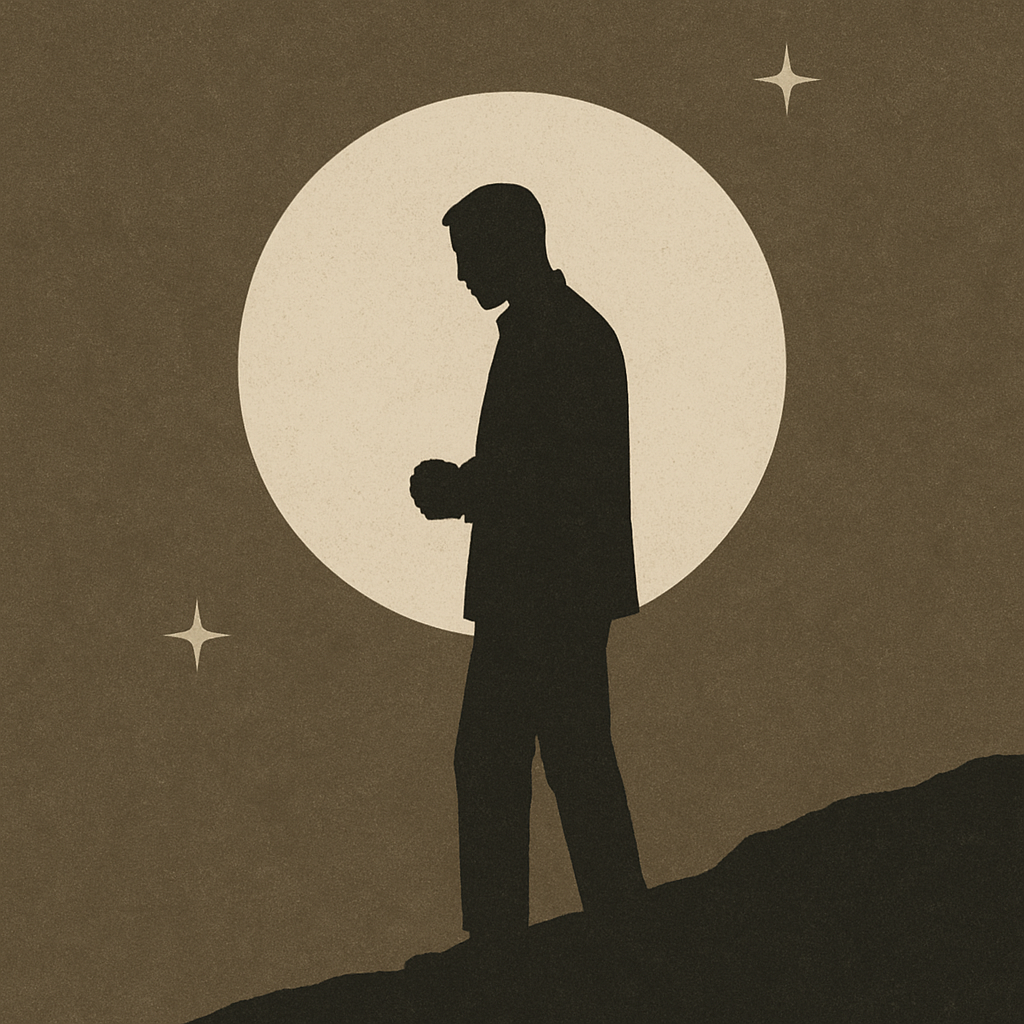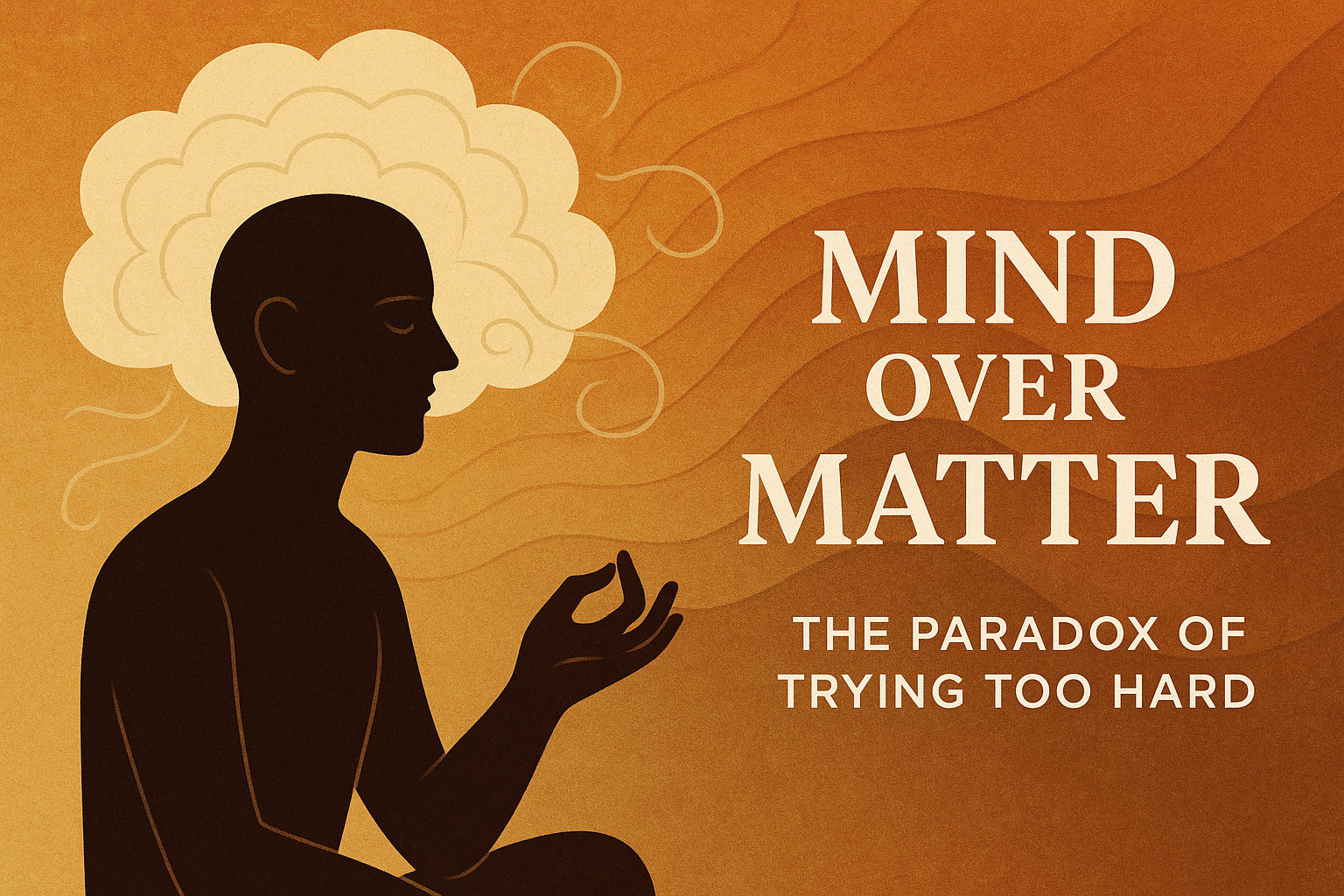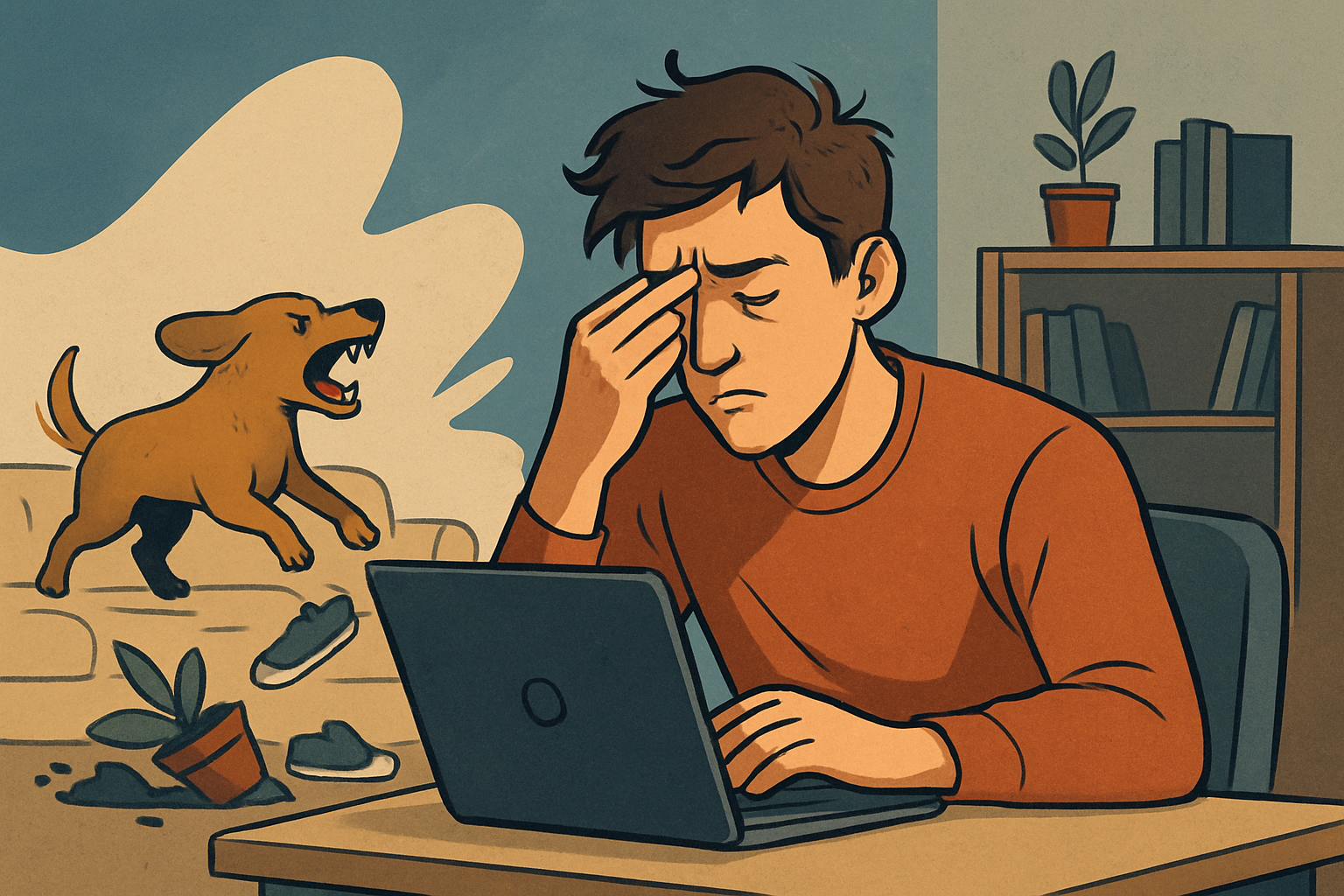How to Stay Present During Challenging Times
Finding Calm in the Storm: Staying Grounded During Tough Times

Life is a journey filled with ups and downs, and while we often celebrate the joyful moments, we inevitably encounter struggles that test our resilience. Whether facing personal challenges, professional setbacks, or emotional turmoil, it’s easy to become overwhelmed and lose sight of the present moment. However, learning to stay present during these challenging times can significantly reduce anxiety and stress, leading to a more grounded and peaceful existence. Here are some practical tips to help you cultivate presence amidst life’s difficulties.
1. Practice Mindful Breathing
One of the simplest yet most effective ways to anchor yourself in the present moment is through mindful breathing. When we experience stress or anxiety, our breath often becomes shallow and rapid. Taking a few moments to focus on your breath can help calm your mind and body.
How to Practice:
- Find a quiet space and sit comfortably.
- Close your eyes and take a deep breath in through your nose, allowing your belly to expand.
- Hold the breath for a moment, then exhale slowly through your mouth.
- Repeat this process several times, focusing solely on the rhythm of your breath.
By grounding yourself in your breath, you create a mental pause that allows you to observe your thoughts and feelings without judgment.
2. Ground Yourself with Sensory Awareness
During challenging times, it’s essential to reconnect with your surroundings to help shift your focus away from distressing thoughts. Engaging your senses can bring you back to the present moment and create a sense of calm.
How to Practice:
- Take a moment to observe your environment. What do you see, hear, smell, taste, and feel?
- For instance, if you’re outside, notice the colors of the trees, the sound of birds chirping, or the feeling of the breeze on your skin.
- If you’re indoors, take a moment to appreciate the textures of objects around you or the aroma of your favorite beverage.
This sensory engagement helps you anchor yourself in the now, reducing feelings of overwhelment.
3. Accept Your Feelings
It’s natural to experience a range of emotions during difficult times, including sadness, frustration, or fear. Instead of trying to suppress these feelings, practice acceptance. Acknowledging your emotions without judgment allows you to process them more effectively.
How to Practice:
- When you notice difficult emotions arising, pause and take a deep breath.
- Say to yourself, “It’s okay to feel this way. I acknowledge my feelings without judgment.”
- Allow yourself to sit with these emotions for a few moments. You might find that they begin to dissipate as you accept them.
By accepting your feelings, you create space for healing and clarity.
4. Limit Negative Inputs
In challenging times, it’s essential to be mindful of what we consume—whether it's news, social media, or conversations with others. Excessive exposure to negative information can heighten anxiety and distract us from the present moment.
How to Practice:
- Set boundaries around your media consumption. Limit your news intake to a specific time each day and focus on positive or uplifting content instead.
- Curate your social media feeds to follow accounts that inspire or uplift you.
- Surround yourself with supportive individuals who encourage a positive mindset.
By reducing negative inputs, you create a more nurturing environment for your mental well-being.
5. Engage in Mindful Movement
Physical activity is a powerful tool for staying present and reducing stress. Engaging in mindful movement—whether it’s yoga, walking, or dancing—helps you connect with your body and release tension.
How to Practice:
- Choose a form of movement that resonates with you. It could be a gentle yoga flow, a brisk walk in nature, or even dancing to your favorite music.
- As you move, focus on the sensations in your body. Notice how your muscles feel, the rhythm of your movements, and your breath.
- Allow yourself to be fully present in the experience, letting go of any distractions or worries.
Mindful movement not only promotes physical health but also nurtures emotional well-being.
6. Cultivate a Gratitude Practice
In the midst of challenges, it can be easy to focus solely on what’s going wrong. Cultivating a gratitude practice can help shift your perspective and remind you of the positives in your life.
How to Practice:
- Each day, take a moment to reflect on three things you are grateful for, no matter how small.
- Write them down in a journal or share them with a friend. This practice helps to redirect your focus toward abundance rather than lack.
By acknowledging what you appreciate in your life, you cultivate a sense of peace and contentment.
Embracing the Present
Staying present during challenging times requires conscious effort and practice. By incorporating mindful breathing, sensory awareness, acceptance of feelings, and other techniques, you can create a sense of grounding amidst life’s struggles. Remember that it’s okay to feel discomfort, but by embracing the present moment, you can navigate challenges with greater resilience and clarity.
As you face difficulties, remind yourself that each moment offers an opportunity for growth and healing. By staying present, you empower yourself to respond to challenges with grace and courage, ultimately leading to a more peaceful and fulfilling life.
Share









